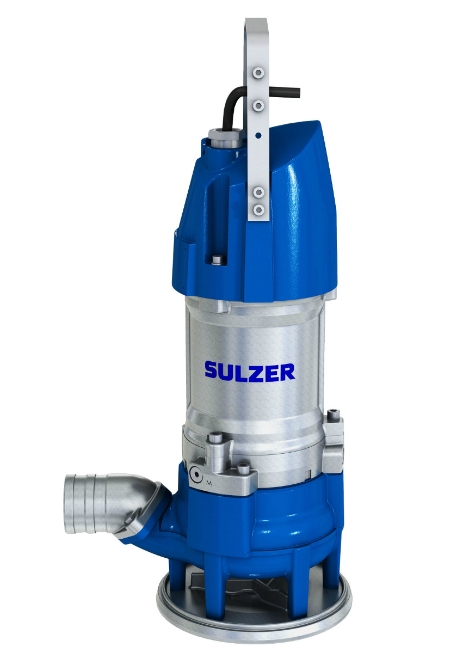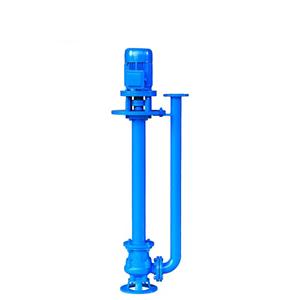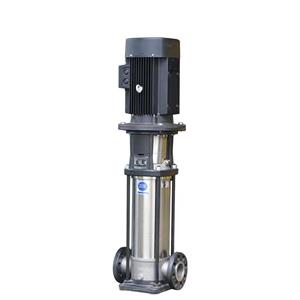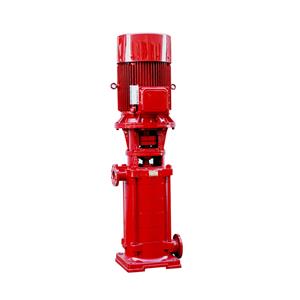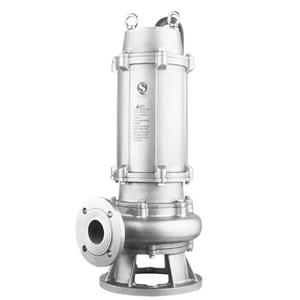Installation and Setup of Sludge Submersible Pumps
Installation and Setup of Sludge Submersible Pumps
Proper Installation for Optimal Performance
Installing a sludge submersible pump correctly is crucial for its performance and longevity. Improper installation can lead to operational issues, increased wear and tear, and even pump failure. This post will guide you through the essential steps and considerations for installing a sludge submersible pump.
Site Preparation
Before installing the pump, it's essential to prepare the site adequately:
Site Assessment: Evaluate the site to determine the best location for the pump. Consider factors such as the depth of the sludge, the presence of solid particles, and the distance to the discharge point.
Clearing Debris: Ensure that the area is free from large debris that could obstruct the pump or cause damage during operation.
Stable Base: The pump should be placed on a stable, level base to prevent vibrations and ensure proper alignment. In some cases, a concrete pad or a specially designed pump stand may be necessary.
Electrical Connections
Proper electrical connections are vital for the safe operation of the pump:
Power Supply: Ensure that the power supply matches the pump's voltage and phase requirements. Using an incorrect power supply can damage the motor.
Grounding: Properly ground the pump to prevent electrical hazards. This is especially important in wet environments where the risk of electric shock is higher.
Circuit Protection: Install appropriate circuit breakers or fuses to protect the pump from electrical faults.
Pump Placement and Alignment
Correct placement and alignment of the pump are critical for efficient operation:
Submersion Depth: Ensure that the pump is fully submerged to prevent dry running, which can cause overheating and damage.
Discharge Pipe: Connect the discharge pipe securely, ensuring that it is properly aligned and supported to prevent stress on the pump.
Check Valve: Install a check valve on the discharge pipe to prevent backflow, which can cause the pump to run in reverse and lead to damage.
Testing and Commissioning
After installation, it's essential to test the pump to ensure it operates correctly:
Initial Run: Start the pump and observe its operation. Check for any unusual noises, vibrations, or leaks.
Flow Rate: Verify that the pump is achieving the desired flow rate. Adjust the discharge valve if necessary to optimize performance.
Monitoring: Continuously monitor the pump during the initial operation period to identify any issues early.
Conclusion
Proper installation and setup of a sludge submersible pump are critical for its efficient and safe operation. By following these guidelines, you can ensure that your pump performs optimally and has a long service life.